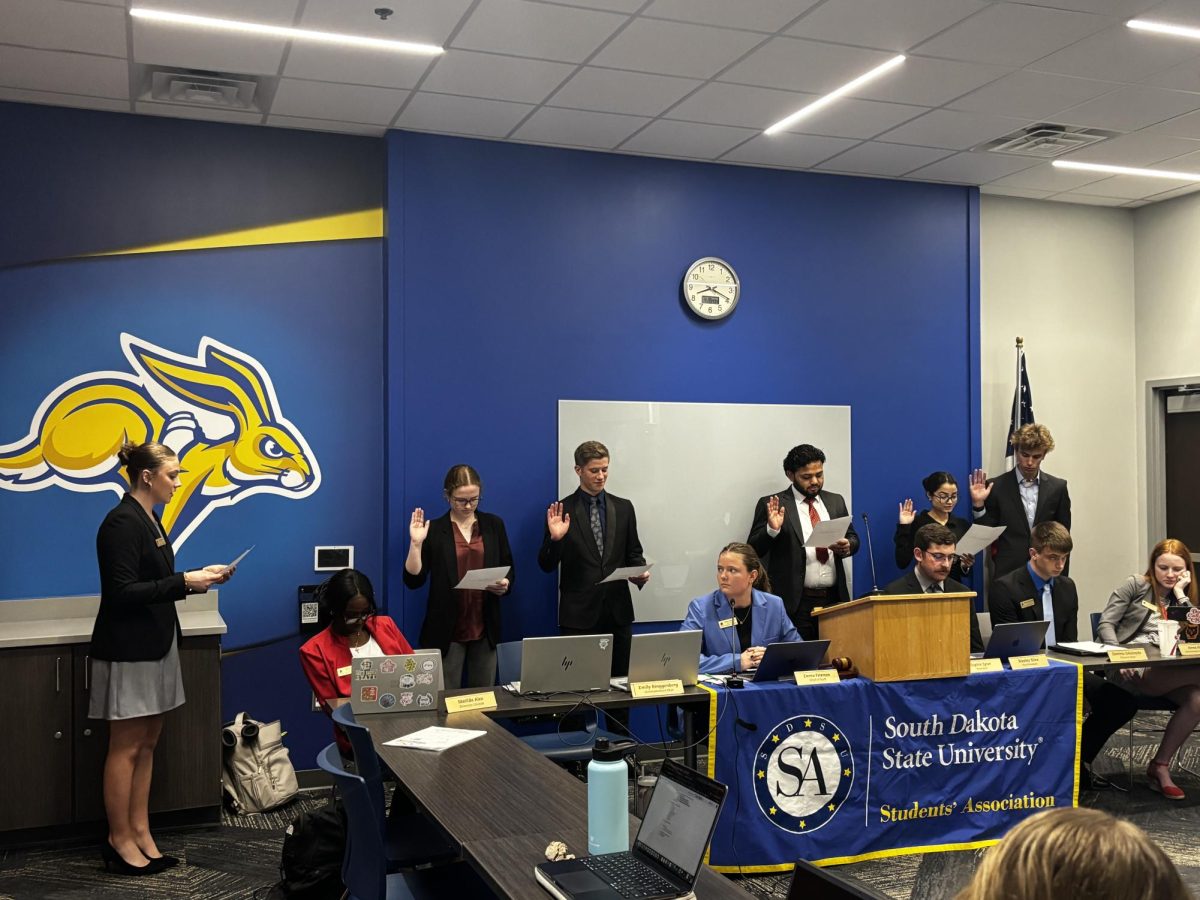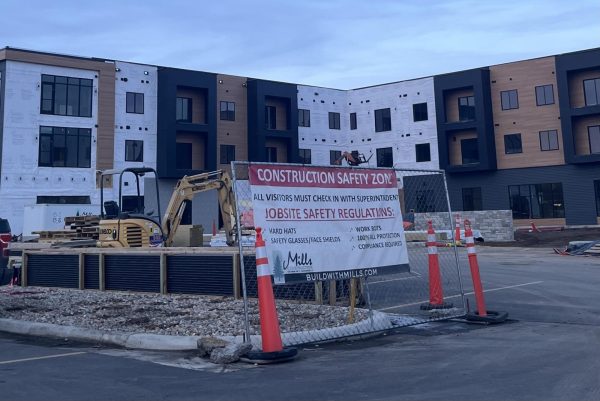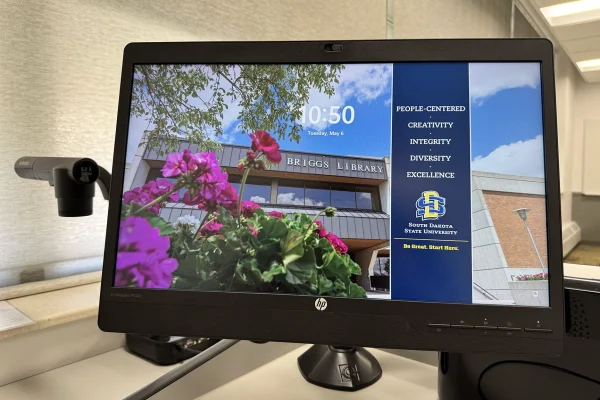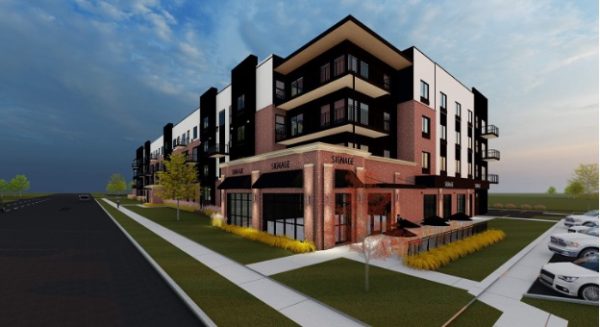Doctoral degrees to be added
January 24, 2005
Alaina Burt
SDSU will offer three new doctoral degrees in nursing; geospatial science and engineering; and computational science and statistics beginning in the 2005 fall semester.
At their December meeting, the South Dakota Board of Regents decided to instate six new doctoral programs throughout the state.
Offering new doctoral degrees aligns with Gov. Mike Rounds’ 2010 Initiative plan, which is designed to develop South Dakota as a recognized leader in research and technology. With additional research opportunities in South Dakota, the idea is that company development will grow and stimulate the economy with a higher number of good paying jobs.
“All of the Ph.D. programs are consistent with and supportive of the governor’s initiative to increase research in the state,” said David Hilderbrand, head of SDSU’s graduate school. “Thus these programs will all contribute to a growth in research at SDSU and across the state.”
Currently, SDSU offers five doctorate degrees in agronomy, animal science, biological science, chemistry and sociology. By offering three new doctoral programs, Hilderbrand anticipates 30 to 50 new students over the next two to three years.
“In the past five years, the number of Ph.D. students at SDSU has grown from about 80 to almost 140,” he said. “I would not be surprised to see 200 Ph.D. students at SDSU by fall 2007.”
The computational science and statistics program will be a cooperative program with the University of South Dakota. The program is one of three state-wide programs that has proposed to receive legislative funding from Rounds’ FY06 budget, a total of $300,000 to be split between USD and SDSU.
“In addition, SDSU will be redirecting approximately $150,000 for new research faculty (14 positions) and graduate student stipends,” said Lewis Brown, dean of the College of Engineering.
SDSU will be the host to the only nursing doctoral program in the state and one of only a handful in the Midwest. Graduates of this program will become nurse scientists who can serve as researchers, faculty members and health-care administrators. The nursing doctoral program is focusing its efforts on health promotion and disease prevention. A majority of coursework will be taught at USDSU in Sioux Falls, with12 students being admitted to the program every other year. To fund this program, two major grant proposals have been submitted.
The geospatial science and engineering program will cover a wide variety of areas including remote sensing, geographic information systems, aerial photo interpretation, engineering and land surveying, environmental sciences and landscape architecture. By offering this degree, the current atmospheric, environmental and water resources doctoral program will be eliminated.
The program will work closely with the U.S. Geological Survey’s EROS Data Center. Currently, EROS Data Center employees, a majority of which are SDSU graduates, take a leave of absence to further their education. EROS and SDSU have been committed to collaborative research at the new SDSU-EROS Data Center Geographic Information Science Center of Excellence. This is a formalization of extensive cooperative relations incorporating research and teaching. Enrollment is open for eight new students per year, with a maximum of 24 students in the entire program.
Funding for the three new doctoral programs will come from a variety of sources. SDSU will first look internally to re-direct resources. According to AP News and Wire reports, the money could come from budget changes when faculty members at the top of the pay scale retire or resign.
External funds are an option for the nursing program, but it was not eligible to apply for any until the program is formally approved.
Rounds has also allocated just over $1 million in South Dakota’s FY06 budget to fund three programs, one such program is the computational science and statistics program.
The other three doctorate programs that the Board of Regents have approved are nanoscience and nanoengineering programs at the South Dakota School of Mines and Technology; a combined medical doctorate/doctorate program at USD; and atmospheric and environmental sciences programs at SDSMT.
An additional list of programs was generated that could be implemented in five to 10 years.





















